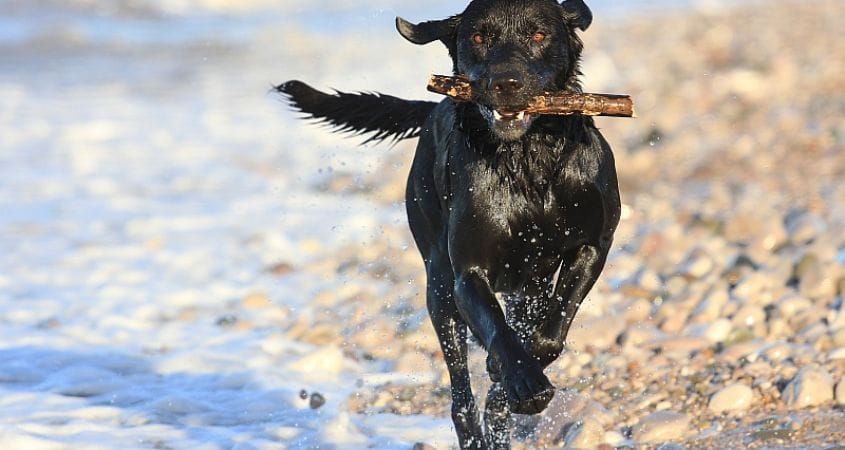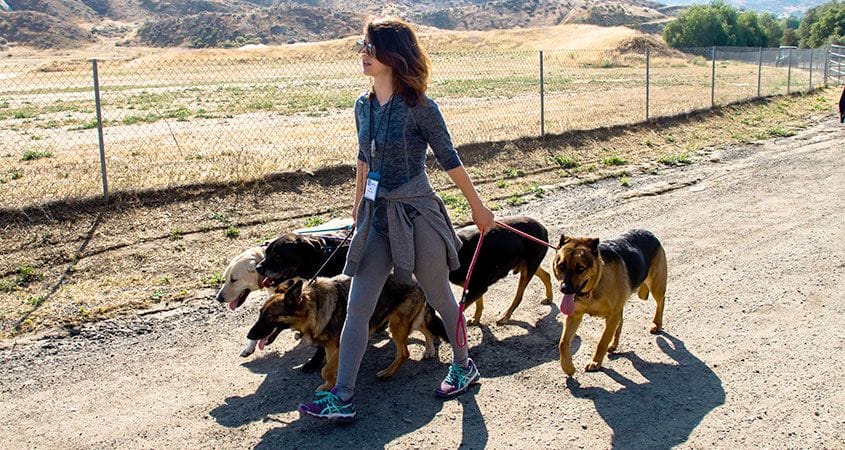
Principle 1 For Achieving Balance: Be Aware Of Your Energy.
In nature, when a dog in a pack shows excited or unbalanced energy, the entire pack takes it as a warning of impending danger. It’s remarkable how quickly a sleeping pack of dogs will go on high alert when one dog barks! And it is just as remarkable how quickly the pack settles down when its leader concludes that there is no threat and returns to a calm, assertive state. Now imagine how your dog feels when you express unstable energy. It’s a signal that something is wrong and so he reacts with anxiety, fear or excitement. If you’re not

















